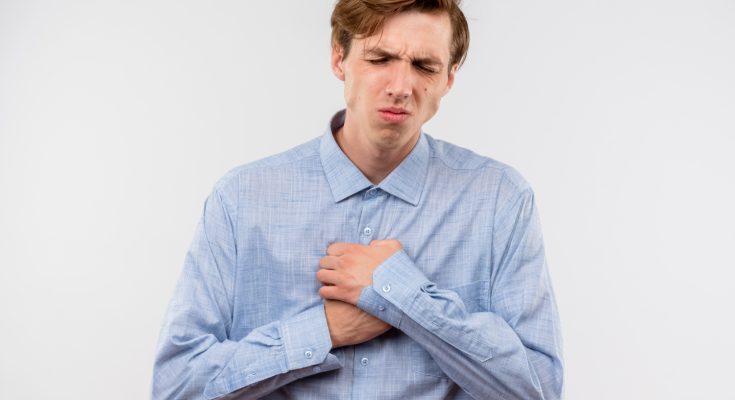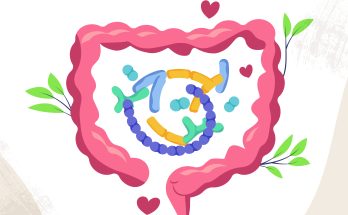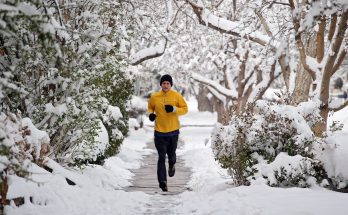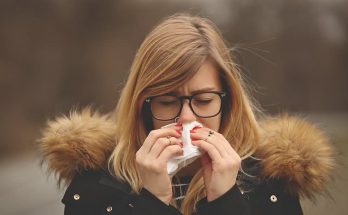It’s two in the morning. You’re on your third cup of coffee and managing work and scrolling through reels. All of a sudden, you feel a strange pain in your chest. You think, “No, I’m not old enough for this,” In 2025, though, chest pain isn’t just a thing for “dads in their 50s.” It’s happening more and more often among people in their 20s and 30s, thanks to habits that have changed the way we eat, sleep, and live.
13 to 25% of adults around the world feel chest pain every year, and not all of it is heart-related. So, if your body’s sending you “push notifications” in the form of chest tightness or weird aches, maybe it’s time to stop hitting snooze.
Let’s jump into why chest pain has become a 20s problem in 2025.
Why 20s Aren’t “Too Young” Anymore?
For the longest time, chest pain was stamped as a “midlife problem” – the kind of issue your dad or uncle would complain about after a heavy meal. But fast forward to 2025, and the story has flipped. More young adults in their 20s and 30s are reporting chest discomfort, and it isn’t just “in their head.” It’s rooted in the way modern lifestyles have reshaped our bodies.
Here’s how the new normal is paying tricks on young hearts:
Long office hours & remote work
What started as the flexibility dream turned into a sitting marathon. Hours at the desk, zero movement, and bad posture mean your chest muscles and circulation are constantly under strain.
Energy drinks & caffeine overload
Back in the day, one cup of tea kept you going. Today? Triple-shot lattes, cold brews, and energy drinks have become lifelines. Caffeine spikes your heart rate and blood pressure, which combined with stress and can trigger chest pain even in people with no cardiac history.
Lack of sleep and the “Hustle Culture”
People used to make sleep a priority, but now they treat it like a treat. When you stay up late binge-watching, gaming, or working, not getting enough sleep does more than just make you sleepy; it also raises the stress hormone cortisol, makes your chest muscles tighten, and slows down your body’s natural healing process.
So yes – your birth certificate might say 25 but with today’s lifecycle, your body is ticking like it’s 45.
Gas, Anxiety, or Heart Problem? Decoding the Aches

Chest pain feels scary because it’s unpredictable and it all feels the same at first. But knowing the difference can help you react better.
Some common causes include:
- Gastro reflux (acid reflux/indigestion): That midnight pizza or biryani fighting back.
- Anxiety or panic attacks: Stress tightening your chest like a vice.
- Musculoskeletal strain: Bad posture from couch-working and endless screens.
- Cardiac pain (angina): The most serious one that needs immediate medical attention.
The problem is, they overlap. Which is why many either ignore it – or panic and self-diagnose on Google.
Lifestyle Habits That Are Lowkey Attacking Your Chest
2025 bought us AI, crypto, and self-driving cars – but along with the tech glow-up came sneaky lifestyle habits that are quietly plotting against our health. Chest pain is no longer just about clogged arteries; it’s about how our everyday routines push our bodies into overdrive.
Here’s what’s fueling the problems:
Sleep Deprivation:
Remember when “pulling an all-nighter” was a college flex? Now it’s a work culture norm. But your heart isn’t built for it. Skipping proper rest elevates stress hormones, puts your heart under unnecessary strain, and makes chest pain more likely to creep in at random hours.
Food Delivery Culture
From late-night pizza to quick burger fixes, fast food feels convenient until your body pays the price. High-salt, high-fat meals trigger acid reflux and indigestion – two of the biggest causes of non-cardiac chest pain.
Sedentary Lifestyle
Remote work was supposed to give us balance, but it turned us into chair-bound zombies. Sitting for 8-10 hours slows circulation, weakens chest muscles, and can even mimic angina pain.
Caffeine Overload

Coffee, energy drinks, pre-workout boosters – we’re living on stimulates. Too much caffeine accelerates your heart rate, raises blood pressure, and causes palpitations that can feel like chest discomfort.
Stress Overload
Constant deadlines, financial worries, and digital overstimulation keep us in fight-or-flight mode. Your body can’t tell if it’s a lion chasing you or just Slack notifications – it reacts the same: tight chest, shallow breathing, and panic-like sensations.
When To Call The Doctor?
Chest pain is tricky – it can be a harmless after-effect of last night’s spicy noodles…. or it can be a red flag you shouldn’t ignore. The key is knowing the difference. Think of it like a traffic signal. Sometimes it’s yellow, sometimes it’s red.
Yellow Light (Monitor, but don’t panic)
- Pain that appears after meals and eases with digestion.
- Tightness that comes and goes with anxiety or panic episodes.
- Discomfort linked to posture (like sitting hunched over for hours).
- Mild aches that improve with rest or stretching.
These don’t always need a hospital trip, but they’re your body’s way of saying: “Hey, slow down.”
Red Light (Seek Urgent Help)
- Sudden or severe chest pain that lasts more than a few minutes.
- Pain radiating to your arm, jaw, or back.
- Chest tightness paired with sweating, dizziness, or shortness of breath.
- Pressure-like pain that feels worse during activity and eases with rest.
If you’re ever unsure, err or the side of caution. Remember: it’s always better to walk out of the ER with reassurance than to ignore a symptom that could save your life.
2025 Survival Kit for a Healthy Heart
We’ve discussed the causes, symptoms and if you’ve come here by reading then somehow you are worried about your health. But no worries because there is good news.
You don’t have to quit your job, go vegan, or meditate on a mountain to protect your heart. Small, consistent lifestyle tweaks add up—and they’re doable even in a fast-paced 2025.
Here’s your modern-day heart survival kit:
- Move more, sit less: A brisk 15–20 minute walk can reset your circulation and posture. Set calendar reminders if you need to—your heart will thank you.
- Tame the caffeine beast: You don’t have to ditch coffee, but try swapping one cup for water, green tea, or even herbal infusions. Balance > dependence.
- Prioritize sleep: Aim for 7–8 hours. Your body heals and your heart resets during deep sleep—it’s basically your free nightly repair service.
- Cook at home a few times a week: Even one home-cooked meal can reduce your salt and fat intake dramatically compared to takeout.
- Stress detox (your way): Journaling, meditation, or simply unplugging for an hour can lower cortisol levels and ease chest tightness. Find what works for you, not what social media prescribes.
The trick isn’t a full-blown lifestyle makeover—it’s stacking tiny habits that turn into long-term protection.
Conclusion: Don’t Snooze on Your Body’s Notifications
Chest pain in your 20s or 30s isn’t “normal,” but it is becoming common. The fast life of 2025, endless screens, rushed meals, caffeine refills, and stress overload, has quietly made chest discomfort a young adult problem.
The silver lining? Most chest pain causes aren’t immediately life-threatening. But they are life-warning. Think of them as your body’s push notifications: a nudge to slow down, hydrate, breathe, and make tiny but meaningful changes.
So listen to your body now, not when it’s screaming louder. Small shifts today could mean a healthier, calmer, and pain-free tomorrow.




